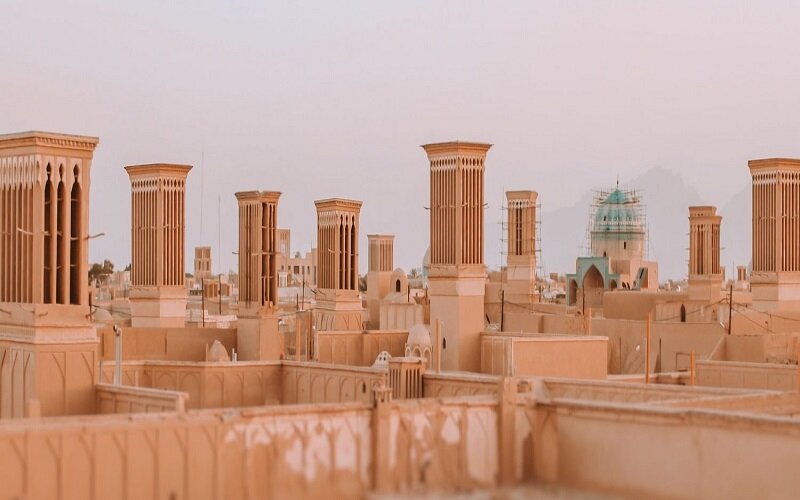Yazd’s wind-catchers to be documented

TEHRAN - The Chair of the Tourism Commission of the Islamic Council of Yazd has announced plans for the official documentation of wind-catchers within the city, citing their significant architectural value and the necessity to protect these historical landmarks.
Bibi-Fatemeh Haqirolsadat elaborated on the importance of wind-catchers as an intangible heritage.
She highlighted the diverse range and sheer number of wind-catchers in Yazd, suggesting their potential for global recognition and registration.
Emphasizing Yazd’s unique status in the global scene, she said the city is home to a diverse array of wind-catchers, boasting some of the tallest structures of their kind globally. She stressed the crucial need to preserve and maintain these architectural marvels.
Haqirolsadat further underlined Yazd’s historical significance, noting it as the world’s first adobe city and the second-oldest historical city globally. Given this heritage, she emphasized the urgent necessity to ensure the proper preservation of historical structures within Yazd, including the iconic wind-catchers.
Wind towers, also known as wind catchers or “badgirs” in Persian, are traditional architectural elements found predominantly in Iran. These towers have been ingeniously designed to capture and channel natural breezes to cool and ventilate buildings, particularly in hot and arid climates.
In July 2017, the historical core of Yazd was named a UNESCO World Heritage site. Yazd is regularly referred to as a delightful place to stay, or a “don’t miss” destination by almost all of its visitors. The city is full of mud-brick houses that are equipped with innovative wind catchers, atmospheric alleyways, and many Islamic and Iranian monuments that shape its eye-catching city landscape.
AFM
